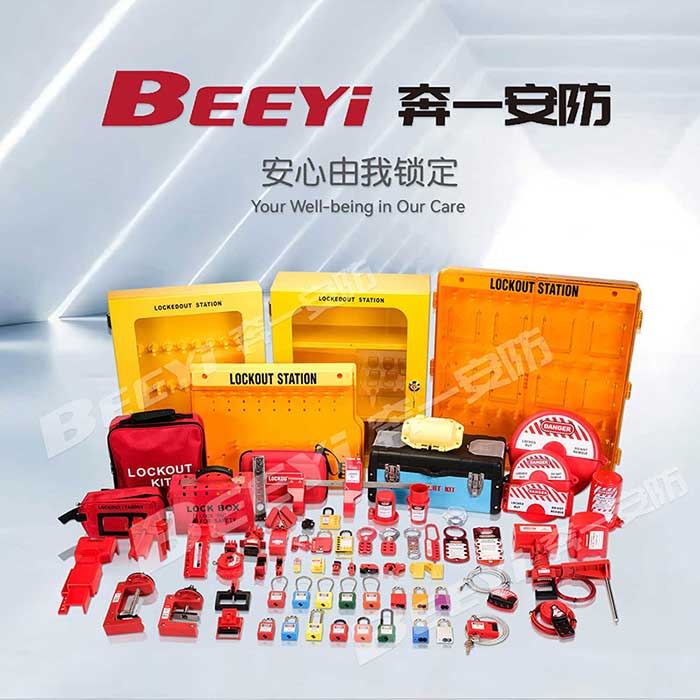the importance of lock out equipment in ensuring workplace safety
Release time:2025-10-26 00:23:38
Lockout equipment is a crucial safety measure used in various industries to protect workers from the hazards associated with the release of hazardous energy during maintenance or repair operations. When machines or systems are being serviced, the risk of accidental energy release—whether electrical, mechanical, hydraulic, or thermal—can lead to severe injuries or even fatalities. Lockout procedures, facilitated by lockout equipment, are designed to prevent these risks by ensuring that energy sources are properly isolated and secured.

Understanding Lockout Equipment
Lockout equipment encompasses a range of tools and devices that prevent the accidental activation or release of hazardous energy from machines, equipment, or systems during servicing. The primary goal of lockout is to protect workers by isolating energy sources before maintenance activities begin. This ensures that no unexpected start-up or energy release occurs, which could lead to serious accidents or injuries.
Common types of lockout equipment include:
Lockout/Tagout Devices: These are the most basic form of lockout equipment, which consists of locks and tags. A lockout device is typically a lock that is applied to an energy-isolating device, such as a valve, switch, or circuit breaker, to prevent it from being operated. A tag may also be used to provide additional information about the lockout procedure, including who applied the lock, when it was applied, and when it will be removed.

